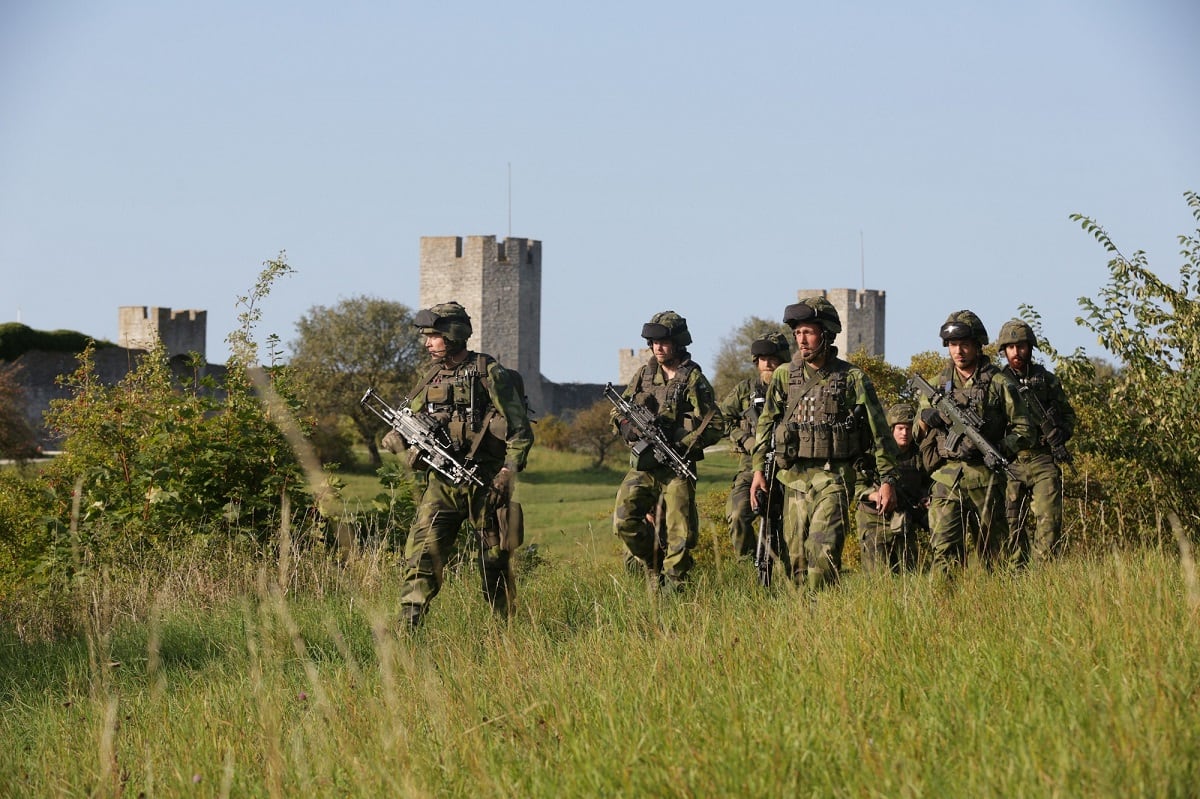WASHINGTON ― Norway’s defense minister hopes to make a decision by summer about expanding the U.S. Marine Corps’ presence in his country.
The Pentagon “would like to extend the period and they would like to see whether we could increase. We will look into it and give them an answer in, before the summer,” Frank Bakke-Jensen told Defense News during a visit to Washington. “That’s my ambition.”
About 300 Marines from various units have been involved in six-month rotations in and out of Værnes, located in midwest Norway. Members from 1st Battalion, 6th Marine Regiment based out of Camp Lejeune, North Carolina, will soon replace the small contingent of Marines from 2nd Battalion, 2nd Marines in Norway, a Marine spokesman confirmed earlier this month.
Marine Commandant Gen. Robert Neller, who Bakke-Jensen met with during his trip to the Pentagon, has emphasized a need for the Corps to increase its winter training capabilities.
Bakke-Jensen met with U.S. Secretary of Defense Jim Mattis on March 20, but a defense department spokesman said the issue was not discussed between the two men. Instead, a spokesperson from the Norwegian MoD described the topic as a standing request from the Pentagon.
In recent months, opposition political leaders have questioned the U.S. presence in Norway. But Bakke-Jensen, for his part, sees a benefit for Norway in having the U.S. troops handy, noting that more training opportunities “makes our troops better.”
“This is an important part of the NATO membership, to have allied troops [visiting] in Norway and training with us. So for us, it’s important, but we need to do some work on the numbers, on where they are supposed to exercise,” he said.
RELATED

Magnus Nordenman, a regional expert with the Atlantic Council, said increasing the Marine presence in Norway is a win-win for both nations.
“From a U.S. perspective it would make sense to expand the rotational presence of the Marines in Norway. It’s a very challenging environment to operate in, and there is no replacement for actually being up there to train to understand it,” Nordenman said. “Also, Norway is an excellent hub for the Marines to train with other allies and partners in the region, such as the Swedes, Finns and the Baltic States. Previous Marine rotations have already done that.”
If the troop size is increased, it is possible those extra Marines would arrive in time for NATO’s Trident Juncture exercise, to be held this fall. That is expected to involve about 35,000 troops from across NATO member nations, operating in and around Norway.
Trident Juncture is important for another reason: During that exercise, Bakke-Jensen said the country will test both its civil and military readiness standards, as the country works toward creating a full-up civil defense structure, similar to the total defense plans of both Sweden and Finland.
“We’re working on that. we have a plan, and we are modernizing it because the security situation is changing,” Bakke-Jensen said.
Aaron Mehta was deputy editor and senior Pentagon correspondent for Defense News, covering policy, strategy and acquisition at the highest levels of the Defense Department and its international partners.







